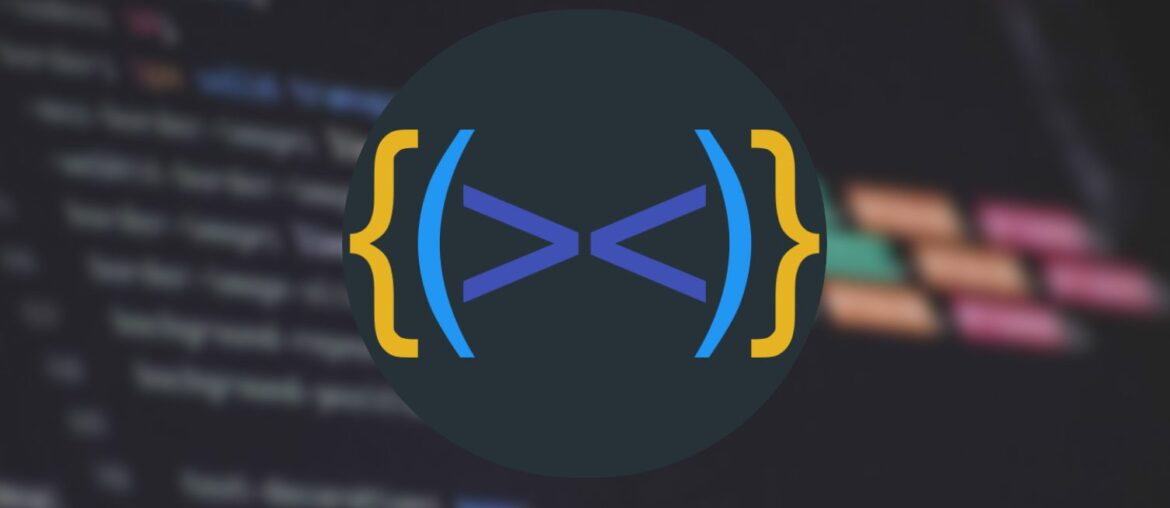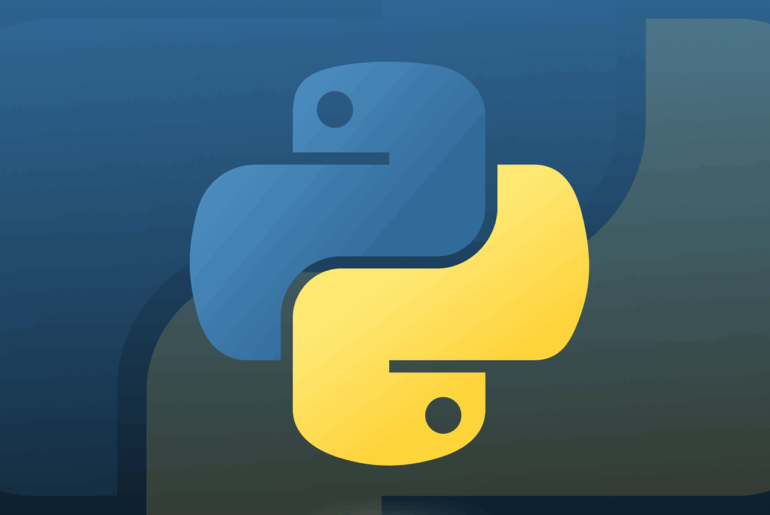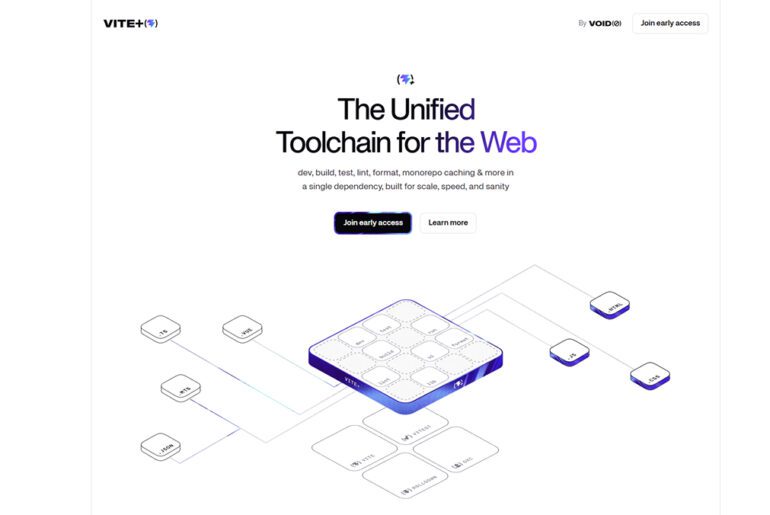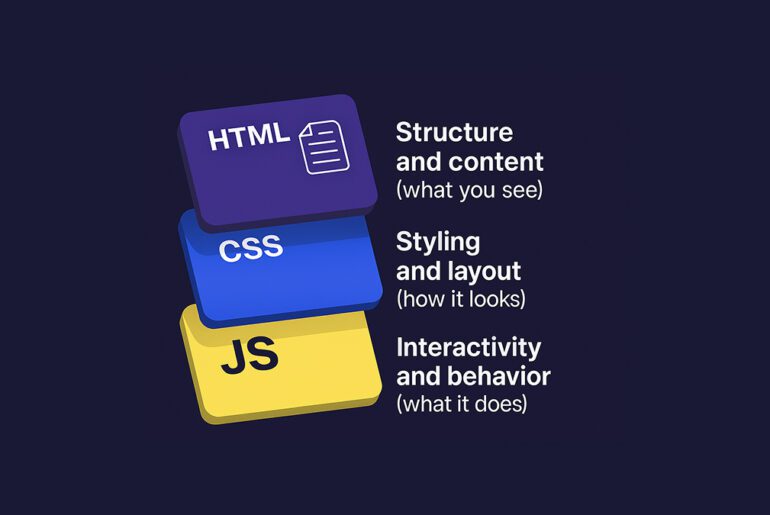If you stepped into server-side development in 2025 without context, it might look like magic: you pick a framework, scaffold an API, hook up a database, deploy to the cloud, and voilà — you have a web service. But that ease is built on decades of evolution, trial and error, and shifting paradigms.
In the early web (1990s), servers simply served static HTML. As soon as dynamic pages entered the picture, we saw CGI (Common Gateway Interface), then server scripting—Perl, PHP, ASP—tacked on to generate content on demand. Over time, frameworks emerged to manage routing, templating, database access, and separation of concerns (MVC, etc.). (You’ll find some of these in timeline repos like history-of-web-frameworks.)
As applications grew, monoliths began to break under their own weight. The rise of SOA, microservices, containers, cloud, and serverless architectures shifted what we expect from a backend — modularity, observability, resilience, and the ability to scale horizontally.
In 2025, a “popular backend framework” is no longer just about routing or templating. It’s about how well it integrates with real-time APIs, async operations, microservices, serverless features, cloud platforms, and observability. The frameworks that thrive are those that evolve in step with infrastructure and developer expectations.
As you read on, I’ll introduce each framework, its strengths, trade-offs, and when it makes sense for your project.
Before I list the frameworks, here’s how I judged “popularity” and relevance:
- Ecosystem & community — available plug-ins, active maintainers, real projects
- Performance / concurrency — ability to handle real load, asynchronous support
- Adaptability to modern patterns — microservices, serverless, cloud, edge
- Developer experience — usability, learning curve, maintainability
- Usage in real projects — companies or open source using it
- Language trends — languages that are growing (e.g. Python)
Also, no framework is perfect. Each has trade-offs depending on your use case — that’s why I recommend thinking in terms of “fit” not “winner.”
Below are ten frameworks (in no strict ranking) that are among the most used, respected, or fast-growing in 2025. After this, I’ll map a few decision heuristics to help you pick wisely.
Django (Python)
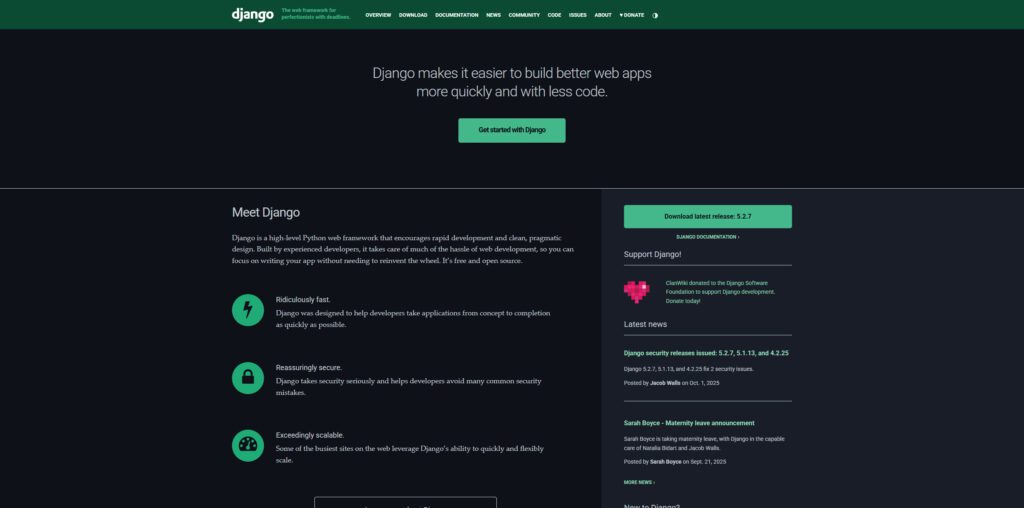
Django remains one of the best examples of a “batteries-included” web framework. You get ORM, authentication, admin interface, templating, form handling, and more out of the box. That helps projects get off the ground fast, especially when the domain logic is more important than reinventing plumbing. Many full-stack SaaS apps, CMSes, and internal dashboards rely on Django.
Trade-offs / considerations
- Because it’s opinionated, very high concurrency or real-time workloads sometimes push you toward adding async layers (e.g. Django Channels).
- The monolithic feel may be less suited for microservice decomposition in large systems.
Typical code sketch
from django.shortcuts import render
from django.http import JsonResponse
from .models import Book
def book_list(request):
books = Book.objects.all().values("title", "author")
return JsonResponse(list(books), safe=False)Express.js (Node.js)
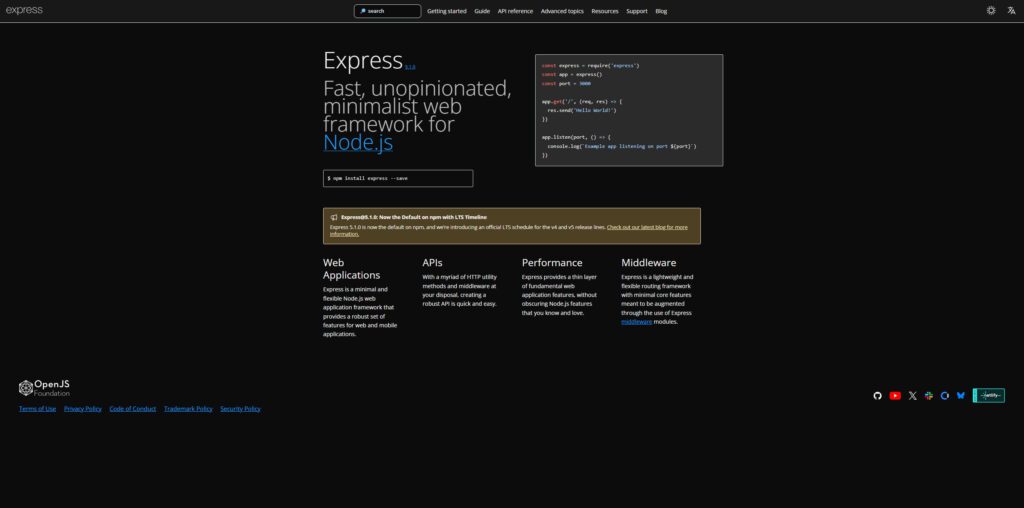
Express is minimal, flexible, and has low entry friction. It offers routing, middleware, and basic utilities without overly opinionated structure. For Node developers, Express is often the default choice when building REST APIs or lightweight web services. Many frameworks (e.g. NestJS) build on or draw inspiration from it.
Trade-offs / considerations
- Because it’s minimal, as apps grow you may find yourself wiring much infrastructure (validation, error handling, structure).
- Single-threaded nature means CPU-bound tasks need careful planning or offloading.
- For very high throughput, alternatives like Fastify may offer better performance.
Typical code sketch
const express = require('express');
const app = express();
app.use(express.json());
app.get('/users', async (req, res) => {
// pretend fetch from DB
res.json([{ id: 1, name: "Alice" }]);
});
app.listen(3000, () => console.log('Server on port 3000'));NestJS (TypeScript / Node.js)
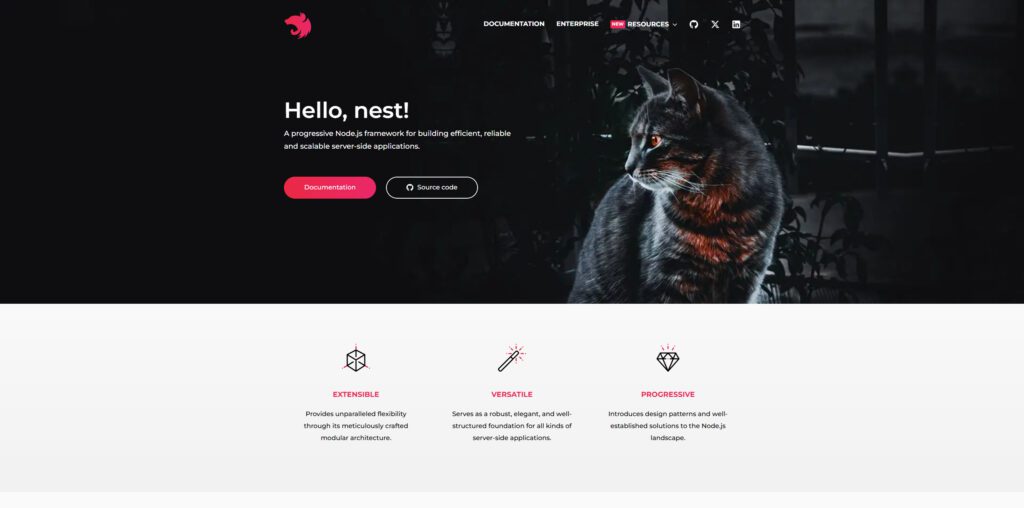
NestJS brings structure and patterns (dependency injection, modules, declarative decorators) to Node, making it more maintainable for larger projects. Because it’s built with TypeScript from the ground up, it fits well in teams already invested in typed JS ecosystems.
Trade-offs / considerations
- The added abstraction and structure can feel heavy for small projects or prototypes. (Some developers in 2025 have migrated from NestJS back to lighter frameworks.)
- Debugging deeply nested abstractions can be more challenging if you don’t understand the framework internals.
Typical code snippet
// users.controller.ts
import { Controller, Get } from '@nestjs/common';
import { UsersService } from './users.service';
@Controller('users')
export class UsersController {
constructor(private readonly usersService: UsersService) {}
@Get()
findAll() {
return this.usersService.findAll();
}
}Spring Boot (Java / Kotlin)
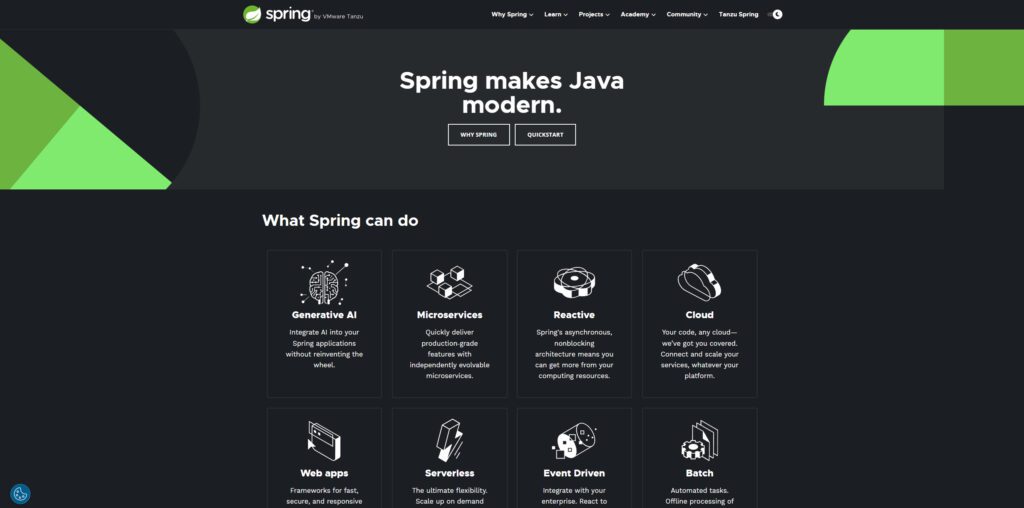
Spring Boot encapsulates much of the complexity of the Spring ecosystem, allowing you to bootstrap production-grade Java apps quickly. For large systems, financial systems, or where strong type systems and long-term stability matter, it remains a safe bet.
Trade-offs / considerations
- Verbosity and boilerplate, especially for simpler tasks.
- Slower startup times in many cases (though with modern build tools and GraalVM, that gap is narrowing).
- Steeper learning curve for newcomers unfamiliar with the Java ecosystem.
Laravel (PHP)
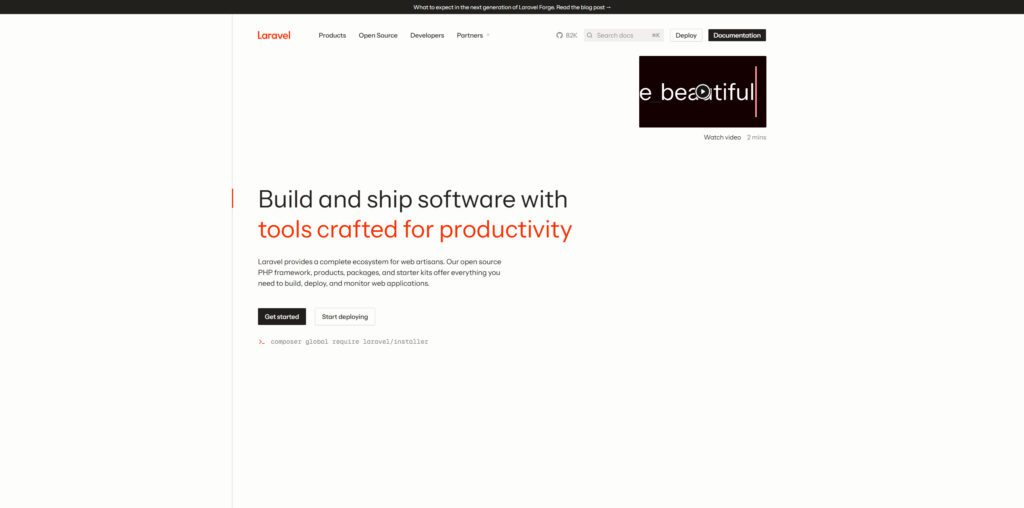
Laravel brings expressive, elegant syntax, active ecosystem, and tools for queues, events, authentication, and more. It’s a top pick when you want developer productivity and a mature PHP stack.
Trade-offs / considerations
- Pure PHP performance and concurrency constraints mean it’s less ideal for extremely heavy, real-time workloads.
- Some consider PHP as a language choice less “modern” (though that’s a shifting sentiment).
Ruby on Rails (Ruby)
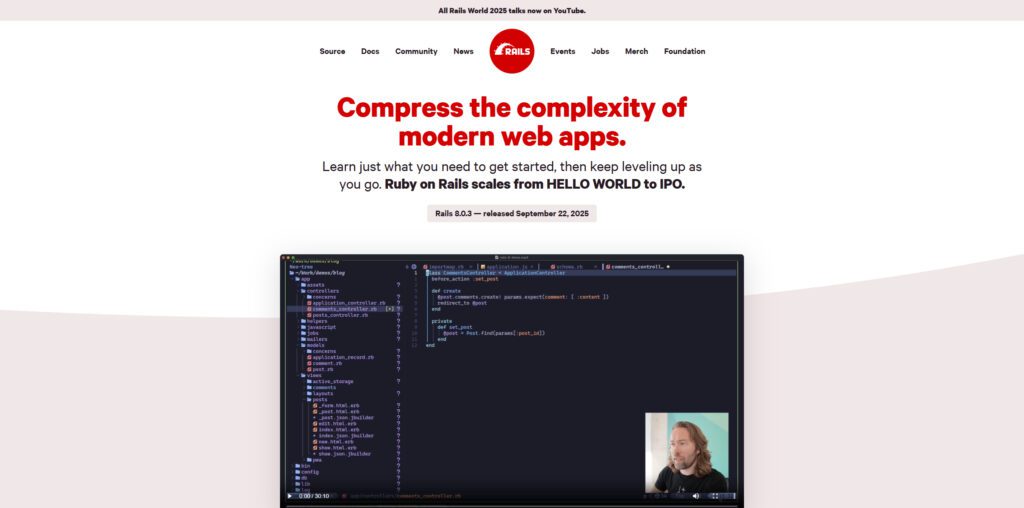
Rails built the original convention-over-configuration paradigm that helped many early web startups scale rapidly. It retains strong tooling, “developer happiness” orientation, and an ecosystem of gems.
Trade-offs / considerations
- Runtime performance is not always competitive with more modern, lower-level options.
- Less commonly used in new greenfield projects these days, so talent pool might be smaller for some regions.
FastAPI (Python)
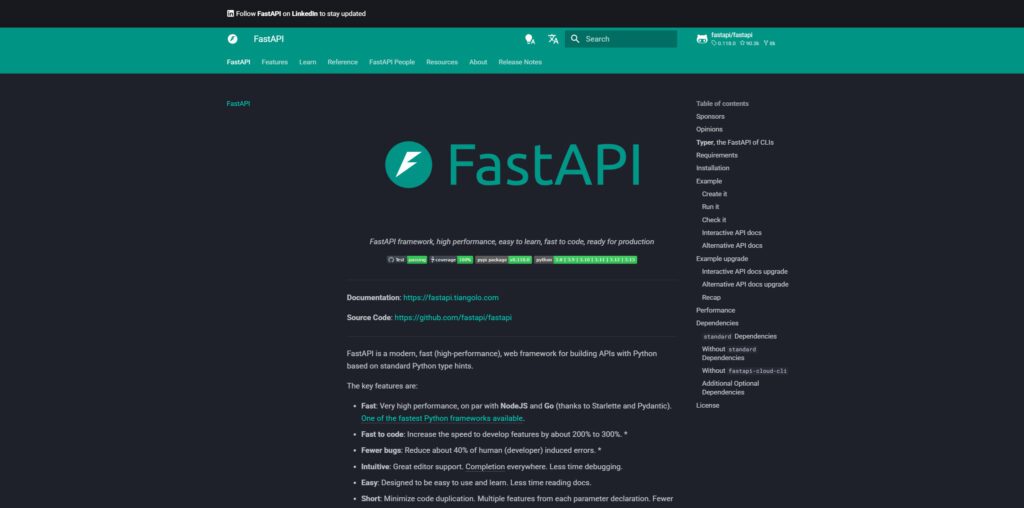
FastAPI is built for modern Python with async support, automatic validation via type hints, automatic documentation (Swagger / OpenAPI), and great performance close to Node or Go in many API workloads. Many data science, ML, or AI-backed services favor it.
Trade-offs / considerations
- It’s lighter than Django, so less built-in structure (you’ll pick your own components).
- For large monolithic apps you may need to design your architecture more consciously.
ASP.NET Core (C# / .NET)
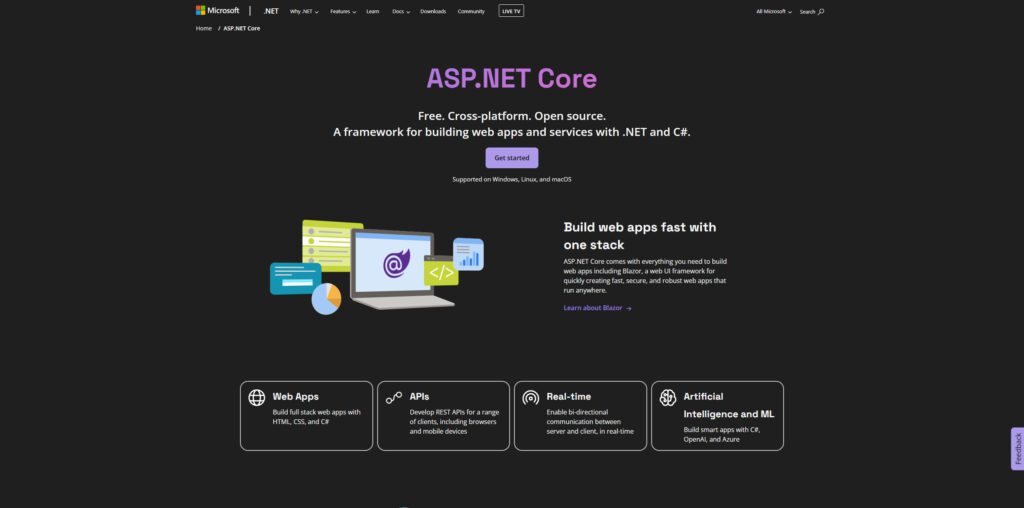
Cross-platform, fast, and backed by Microsoft, ASP.NET Core has become a serious choice beyond Windows. It’s strong in enterprise settings, especially when integrating with Microsoft stack, Azure, or where performance and tool support matter.
Trade-offs / considerations
- Some developers perceive it as more tied to Microsoft ecosystems (though that has softened).
- Talent and community size may be smaller compared to JS / Python in some locales.
Phoenix (Elixir)
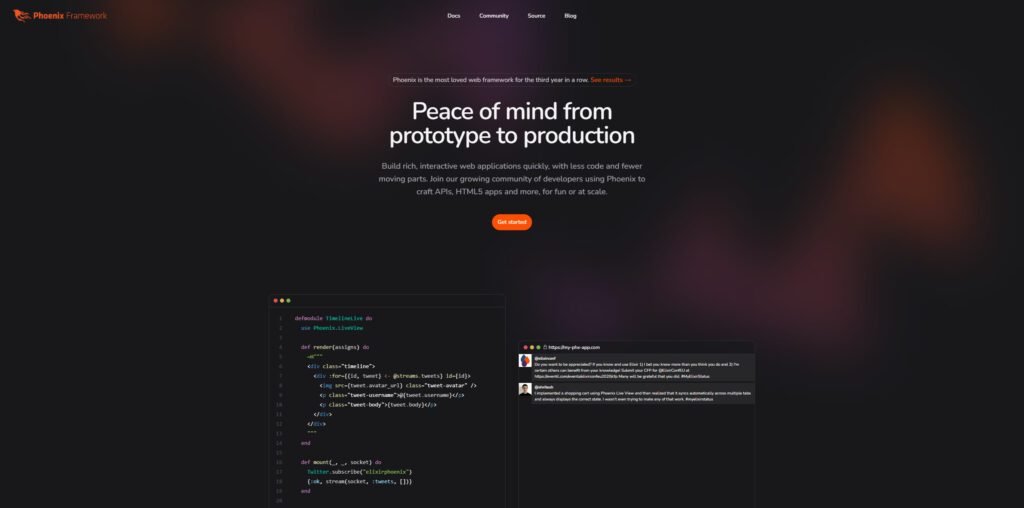
Phoenix is built on the Elixir (and underlying Erlang/BEAM) platform, designed for highly concurrent, fault-tolerant systems. Real-time features (channels) are first-class. For applications requiring thousands of live WebSocket connections, low latency, or resilience, Phoenix shines.
Trade-offs / considerations
- Elixir is less mainstream than JS/Python; fewer developers know it.
- Ecosystem is smaller, though quite passionate and growing.
Koa.js (Node.js) / or variant microframeworks
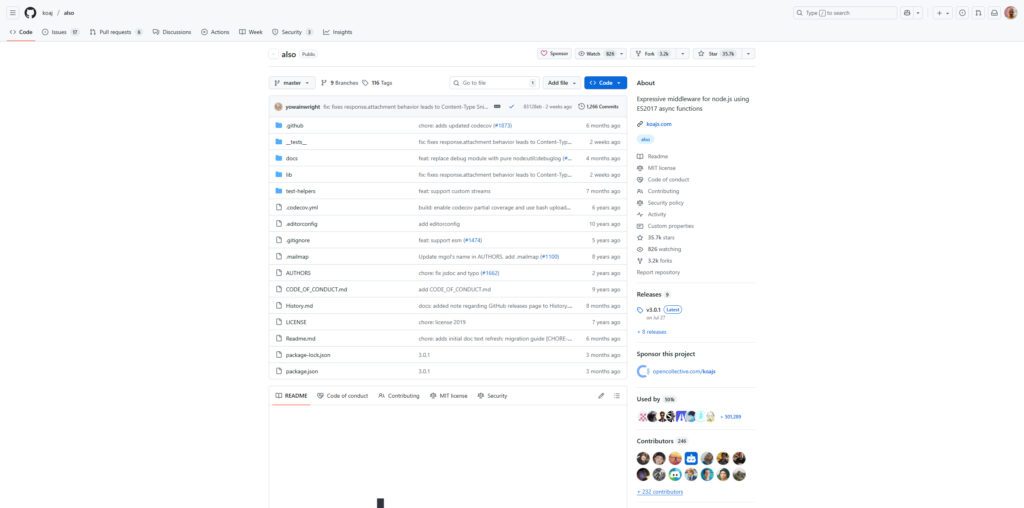
Koa is a lighter alternative in the Node space, offering minimalism and an async/await-first style. For developers who want structure but not the overhead of Express + heavy middleware chains, Koa (or similar microframeworks) is appealing. Some lists also include frameworks like Flask (Python) or Symfony (PHP) as enduring, though with narrower use cases.
Trade-offs / considerations
- Less “batteries included,” meaning you pick more individual components.
- Might require more architectural discipline even for medium-sized systems.
Decision heuristics: which one should you pick?
Here’s how to think about which framework might best suit your project:
| Factor | What to Prefer | Example |
|---|---|---|
| Speed to prototype / MVP | Batteries-included frameworks with good defaults (Django, Rails, Laravel) | you want to validate an idea |
| Scalability / concurrency / real-time features | Async-first or actor-based (FastAPI, Phoenix) | chat app, streaming, live updates |
| Enterprise / long-term stability | Strong typing, mature ecosystem (Spring Boot, ASP.NET Core) | financial or mission-critical systems |
| Team familiarity / hiring | Language ecosystem common in your region | e.g. Python, JavaScript, or C# |
| Ecosystem / integrations | Good support for cloud, logging, observability, plugins | you expect to evolve features readily |
You can even mix: for example, make a microservice in FastAPI that integrates with a Django monolith, or use Phoenix for real-time parts alongside a Rails app.
A conceptual architecture view
To help you picture how these frameworks might fit in a system, here’s a simplified diagram:
graph LR Client --> API_Gateway API_Gateway --> Service1[Auth & Users] API_Gateway --> Service2[Data / Business Logic] API_Gateway --> Service3[RealTime / WebSockets] Service2 --> DB Service3 --> MessageBus --> Service2

- Service1 could be implemented in Django or ASP.NET Core
- Service2 could be Django, Spring Boot, or Laravel
- Service3 (real-time / WebSockets) might be Phoenix or FastAPI
- MessageBus could be Kafka, RabbitMQ, or a pub/sub system
- The API Gateway layer helps route, secure, and rate-limit across microservices
This hybrid approach, combining strengths of multiple frameworks, is common in larger systems.
Closing thoughts & practical advice
There isn’t a single framework that works for every project. The right choice will always depend on your team’s experience, the type of system you’re building, how large it needs to scale, and what you want it to look like in the future.
When you pick up a new framework, it helps to ground yourself in the fundamentals of back-end development: routing, middleware, dependency injection, and the difference between synchronous and asynchronous execution. Those concepts transfer from one framework to another and make the learning curve far less intimidating.
If you’re starting with a monolithic application, try to set clear boundaries within the codebase from the beginning. That way, when the time comes to split parts of the system into services, the transition is smoother.
Equally important is measuring what matters. Track latency, memory use, and CPU consumption, and invest in monitoring tools for production. Even the most popular framework won’t save you if the application fails under real traffic.
And above all, stay adaptable. The frameworks that dominate in 2025 may not be the ones everyone talks about in 2030. New approaches, such as “disappearing frameworks” that minimize runtime overhead, are already pushing developers to rethink how much complexity we actually need. for your site, or generate decision flowcharts, or compare them quantitatively. Do you want me to refine or deliver a final polished version?


